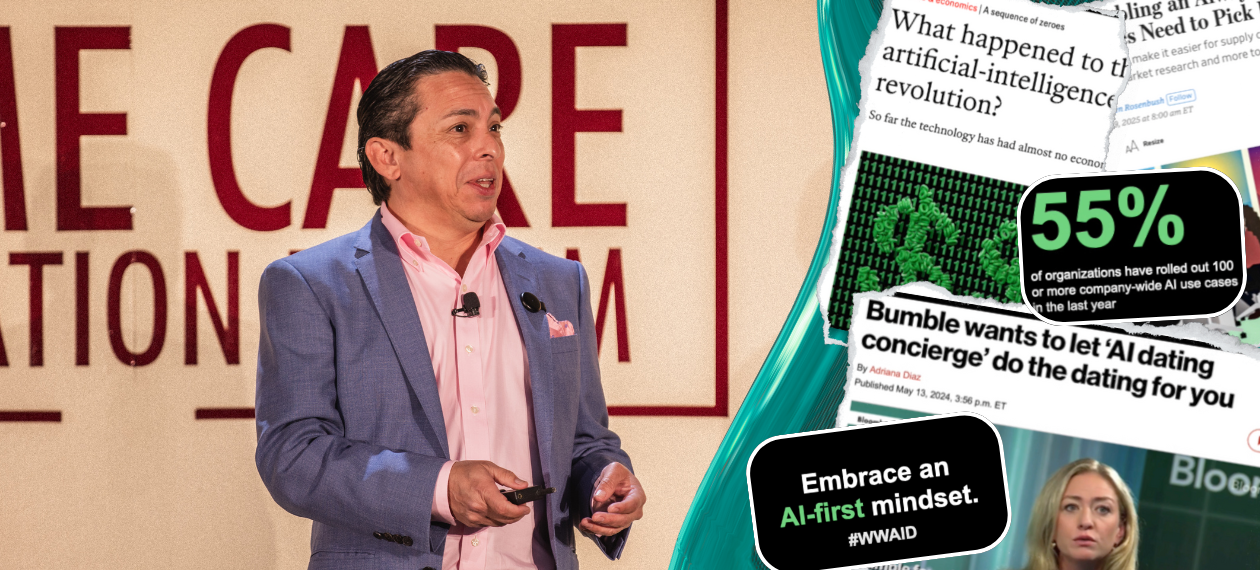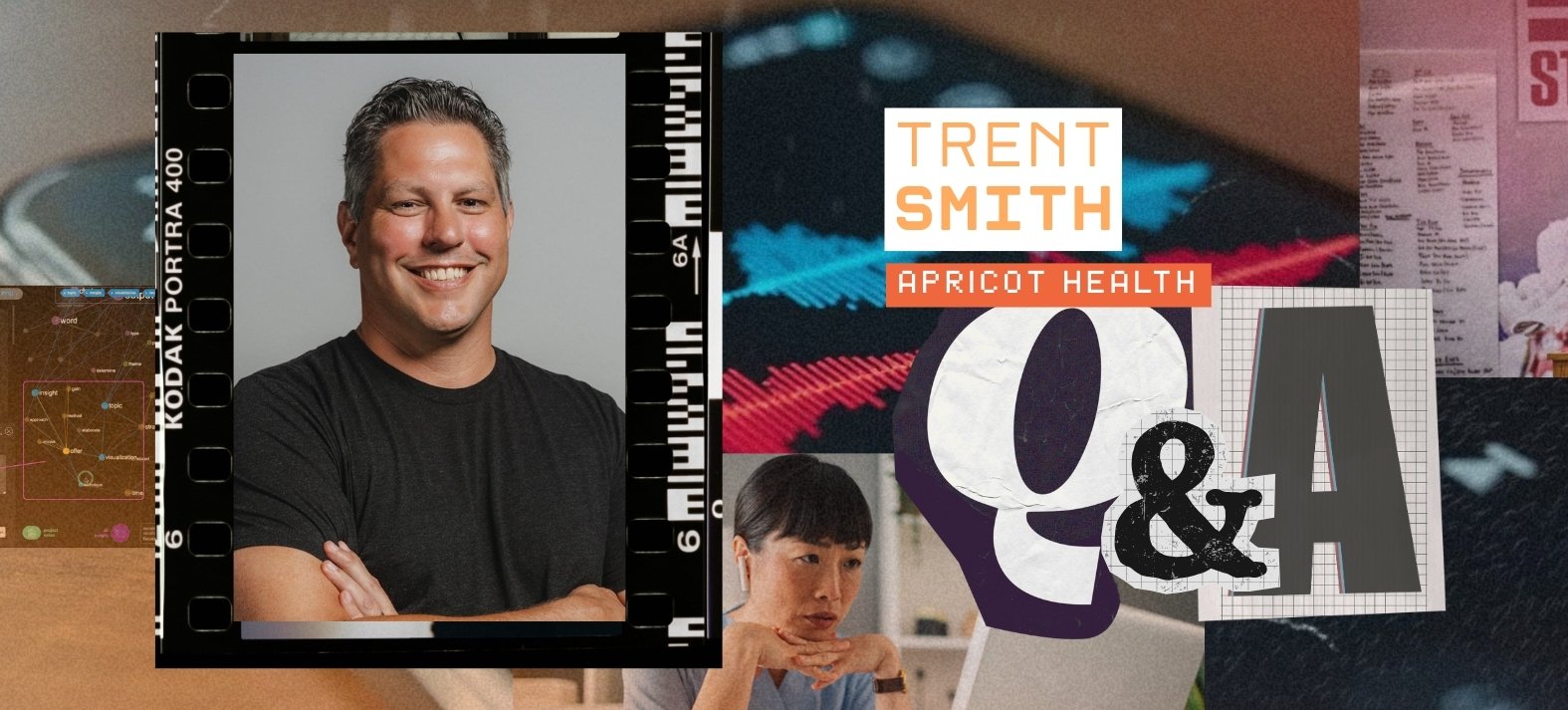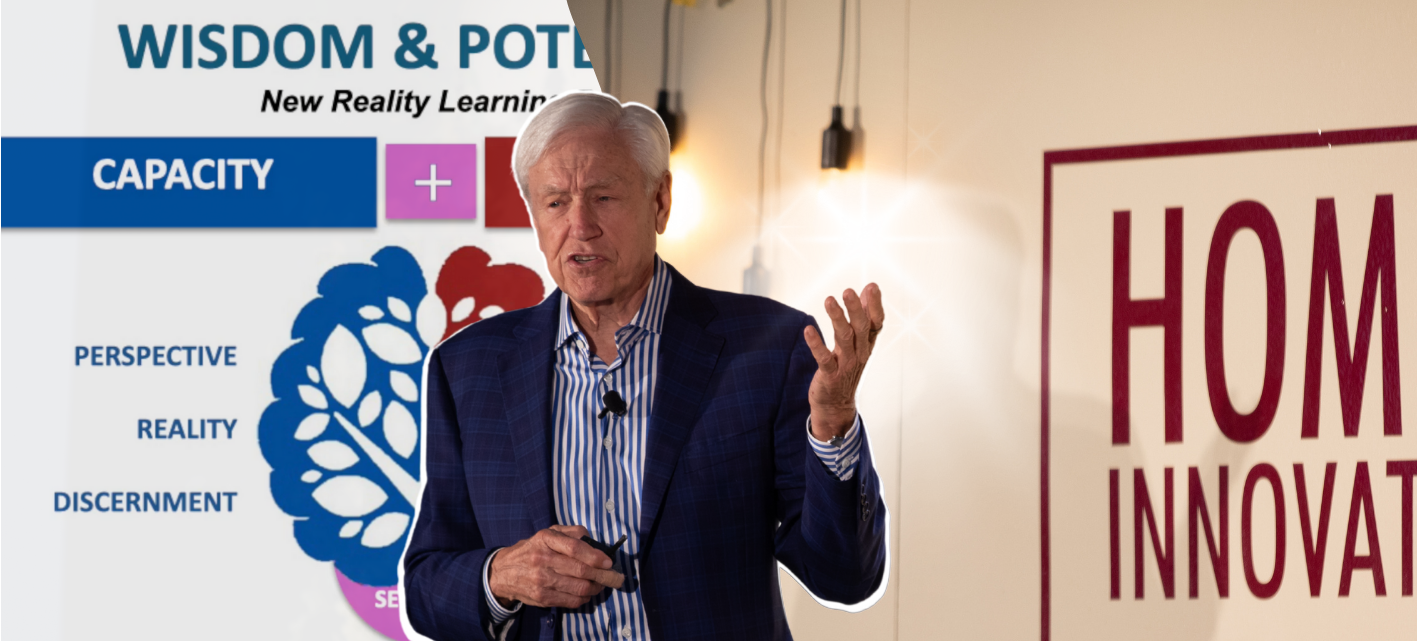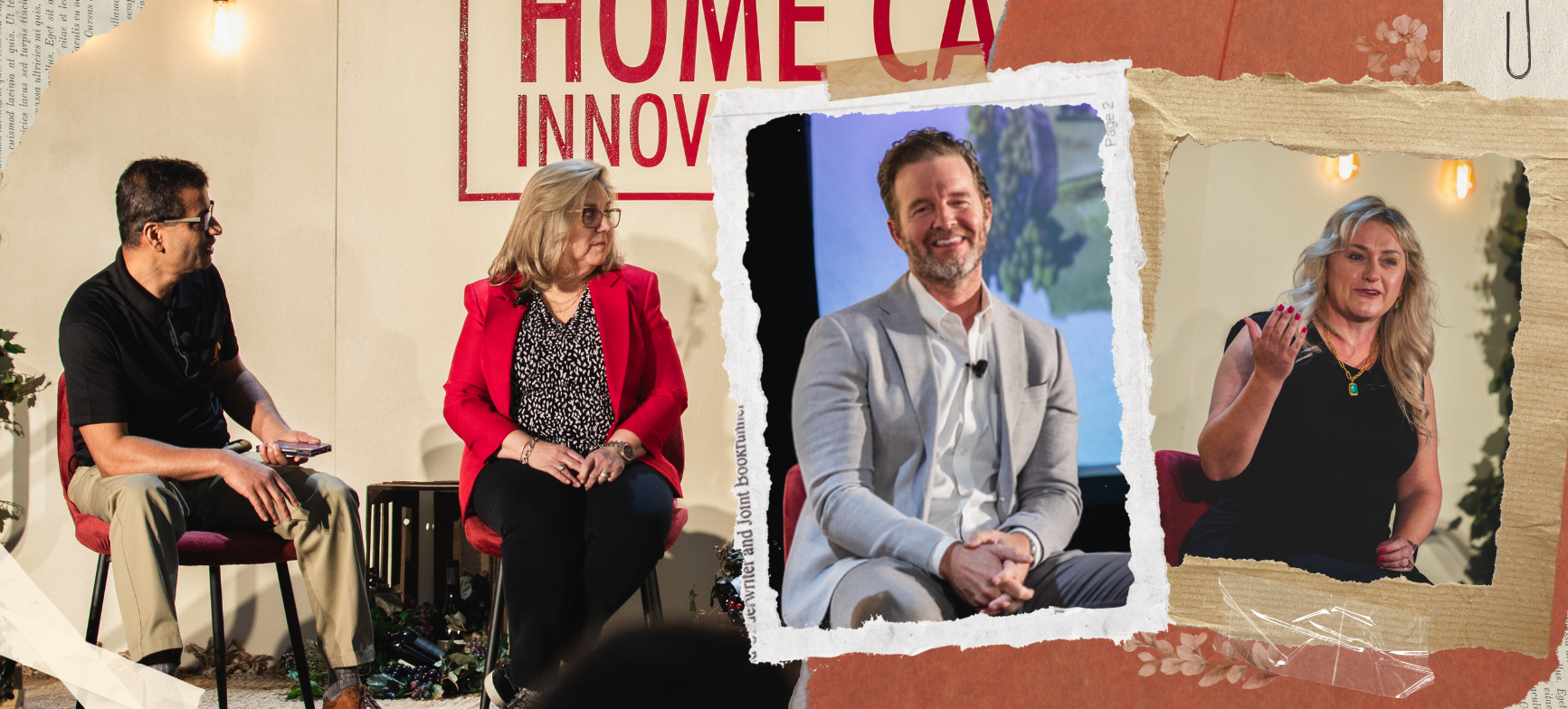When Brian Solis, Chief of Global Innovation at ServiceNow, futurist, and bestselling author, took the stage at the Home Care Innovation Forum, he began his talk by delivering a sobering quote from legendary Silicon Valley investor Vinod Khosla.
"Most businesses have no clue what is about to hit them in the next 10 years when most rules of engagement change," Khosla said. Drawing from his decades of studying technological revolutions and writing over 60 research reports on their impacts, Solis argued that artificial intelligence represents "probably the most disruptive technology we've seen in history.”
Yet most companies are approaching it with the same mindset that has limited success during digital transformation. At-home care, an industry notoriously reticent to integrate technology, can learn a lot from Solis’s expertise and foresight.
The Great AI Maturity Regression
ServiceNow's latest AI Index revealed a startling trend: companies' AI maturity scores actually decreased from 44 out of 100 last year to 35 this year, despite increased investment and attention around AI technologies.
The reason? Companies are treating AI like previous technology waves, using it to do yesterday's work better, faster, and cheaper rather than tapping into its real potential going forward.
"We adapted yesterday's processes, digitized yesterday's systems and workflows in the name of modernization," Solis said, "but all we were really doing was modernizing with technology, not reimagining work."
The Iteration vs. Innovation Trap
Solis distinguished between two fundamental approaches: iteration (doing what we did yesterday better) vs. innovation (doing what we didn't do yesterday to create new value). Most companies default to iteration because "corporations are designed not to innovate—they're designed to scale efficiencies."
This creates what he calls the "AI status quo" — implementing chatbots built on yesterday's processes, automating existing workflows, and measuring success by traditional productivity metrics. Meanwhile, truly AI-native companies are "reimagining their org charts with AI in their org charts."
"If you're waiting for someone to tell you what to do, you're on the wrong side of innovation," he warned.
Solis cited Shopify's controversial memo mandating that no human hires could be made "until you can demonstrate why artificial intelligence cannot do the job," illustrating how some companies are fundamentally rethinking their operating models.
The Leadership Perception Gap
Perhaps most concerning is the disconnect between executives and employees regarding AI strategy. According to Solis's research:
- 47% of employees feel their company's AI approach is well-controlled and strategic (less than half)
- 73% of executives feel the opposite
- Half of employees think their company has an AI strategy; 90% of executives believe they do
This mirrors the failed patterns of digital transformation, where perception gaps prevented meaningful change. Even more striking: CEOs privately admit they believe AI agents could provide better counsel than their boards, and 90% think AI can develop strategies equal to or better than their executive teams.
From Chatbots to Digital Employees
The progression from AI tools to AI agents to what Solis calls "digital employees" represents a fundamental shift in how work gets organized. Unlike simple automation, these systems can perform complex, cross-functional workflows spanning multiple departments—something that requires breaking down organizational silos.
"An agent has to be essentially hired the way you'd hire an employee," Solis explained. "They have to be trained, onboarded, managed for performance, and eventually offboarded when they're replaced."
Only 30% of companies are thinking cross-functionally about AI implementation, yet this approach delivers the biggest organizational impact and fastest ROI. The challenge isn't technical, it's organizational. "The hardest part isn't the implementation or vendor selection," Solis noted. "The hardest part is having conversations with people you don't normally work with to create interest and buy-in."
Real-World Transformation: The IKEA Example
Solis shared how IKEA's AI chatbot successfully resolved 57% of customer inquiries, leading to typical discussions about reducing headcount. But instead of stopping there, IKEA asked different questions: What were those calls about? What about the 43% that couldn't be resolved?
They discovered the unsolvable calls were interior design consultations. Rather than just cutting costs, IKEA reskilled their customer service agents as interior designers, creating a new business service that generated €1 billion in its first year.
"Save money over here, generate exponential growth over there," Solis said. "It's a different way of thinking."
Perhaps most importantly, Solis argued that AI transformation can't be delegated to IT departments or innovation committees alone. "If there ever was a time for leaders to come from anywhere within the organization, it's now," he said.
The choice facing every organization is clear: continue using AI to optimize yesterday's business model, or use it to reimagine what business could become. As Solis put it, "Do you want to wait for disruption to happen, or do you want to be part of it happening?"
🎥 Watch his full talk below 👇🏻
Posted by
Join us!
The retreat for home health care and hospice leaders innovators.
May 17-19, 2026 | Palm Springs, CA




-2.png)


-2.png)


Comments